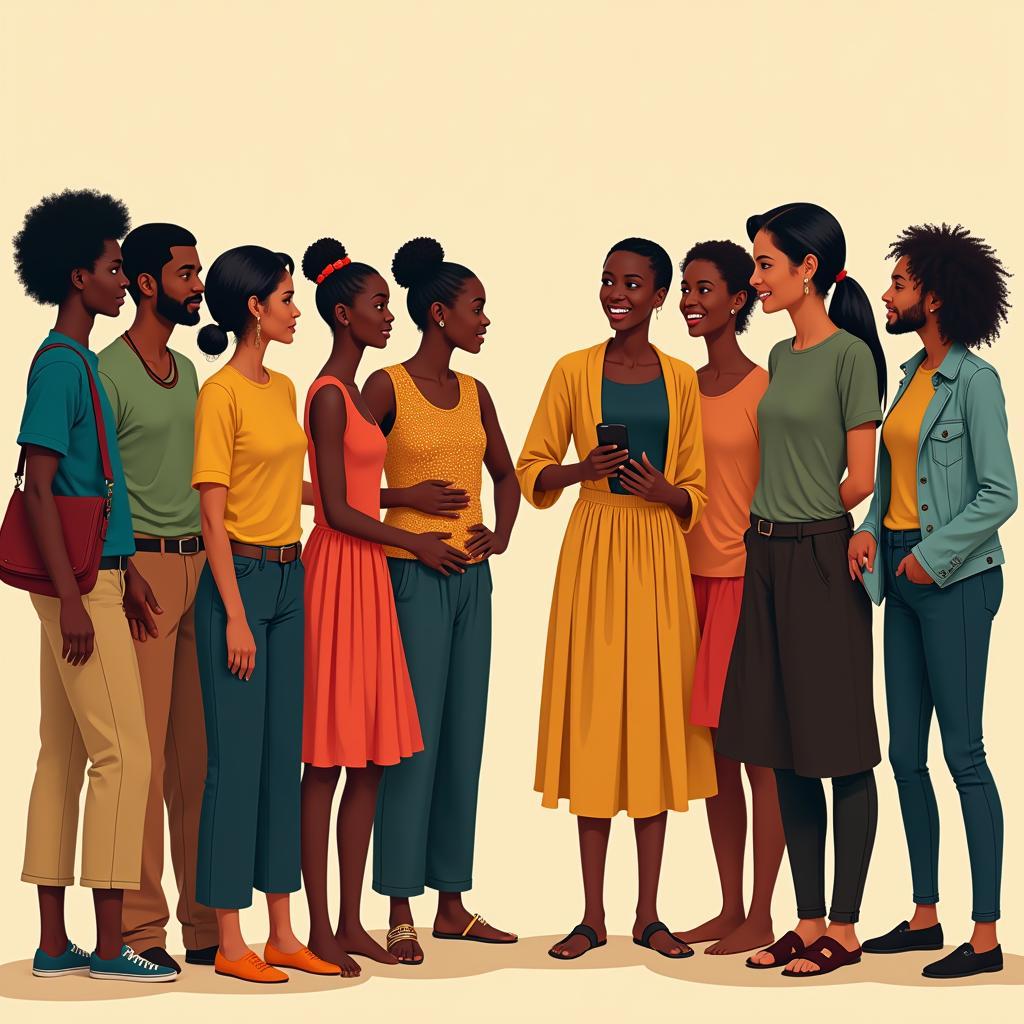African Ethnic Design: A Journey into Cultural Expression
African ethnic design is more than just aesthetics; it’s a vibrant tapestry of cultural narratives, historical echoes, and artistic ingenuity. From the intricate patterns of woven textiles to the bold geometry of handcrafted jewelry, every element tells a story, reflecting the unique identity and heritage of its creators.
The Language of Symbols and Motifs
One of the most captivating aspects of African ethnic design is its symbolic language. Traditional motifs, often passed down through generations, carry profound meanings, connecting the physical world to spiritual beliefs, ancestral wisdom, and social structures.
For instance, the Adinkra symbols of the Akan people of Ghana are a powerful visual vocabulary. Each symbol represents a proverb, a concept, or a historical event, serving as a reminder of shared values and beliefs. Similarly, the intricate patterns found in Ndebele house painting in South Africa go beyond mere decoration. They convey messages about social status, marital status, and even political resistance.
 Ndebele house painting with geometric patterns
Ndebele house painting with geometric patterns
Materials and Techniques: A Testament to Resourcefulness
African ethnic design is deeply rooted in the environment. Natural materials like wood, clay, fibers, and even recycled objects are transformed into stunning works of art. The use of readily available resources showcases not only the creativity but also the remarkable resourcefulness of African artisans.
Basket weaving, for example, is a widespread craft, with each region boasting its unique styles and techniques. From the tightly woven baskets of Botswana used for winnowing grain to the intricately patterned baskets of Rwanda used in traditional ceremonies, these creations demonstrate a deep understanding of material and form.
From Ritual to Everyday Life: The Enduring Relevance of African Design
While deeply rooted in tradition, African ethnic design is not static. Contemporary African artists and designers are reinterpreting these ancient forms, blending traditional techniques with modern sensibilities to create unique and innovative works that resonate with a global audience.
From fashion runways showcasing vibrant textiles to home decor incorporating bold patterns and textures, African ethnic design is experiencing a well-deserved surge in popularity. This resurgence speaks to a growing appreciation for cultural diversity and a desire to connect with authentic and meaningful artistic expressions.
Conclusion
African ethnic design offers a captivating glimpse into the diverse cultures and rich heritage of the continent. More than just visually stunning, these designs embody a powerful blend of artistry, symbolism, and cultural identity that continues to inspire and captivate audiences worldwide. As we engage with these creations, we embark on a journey of cultural discovery, appreciating the enduring power of art to tell stories, preserve traditions, and connect us across time and space.



